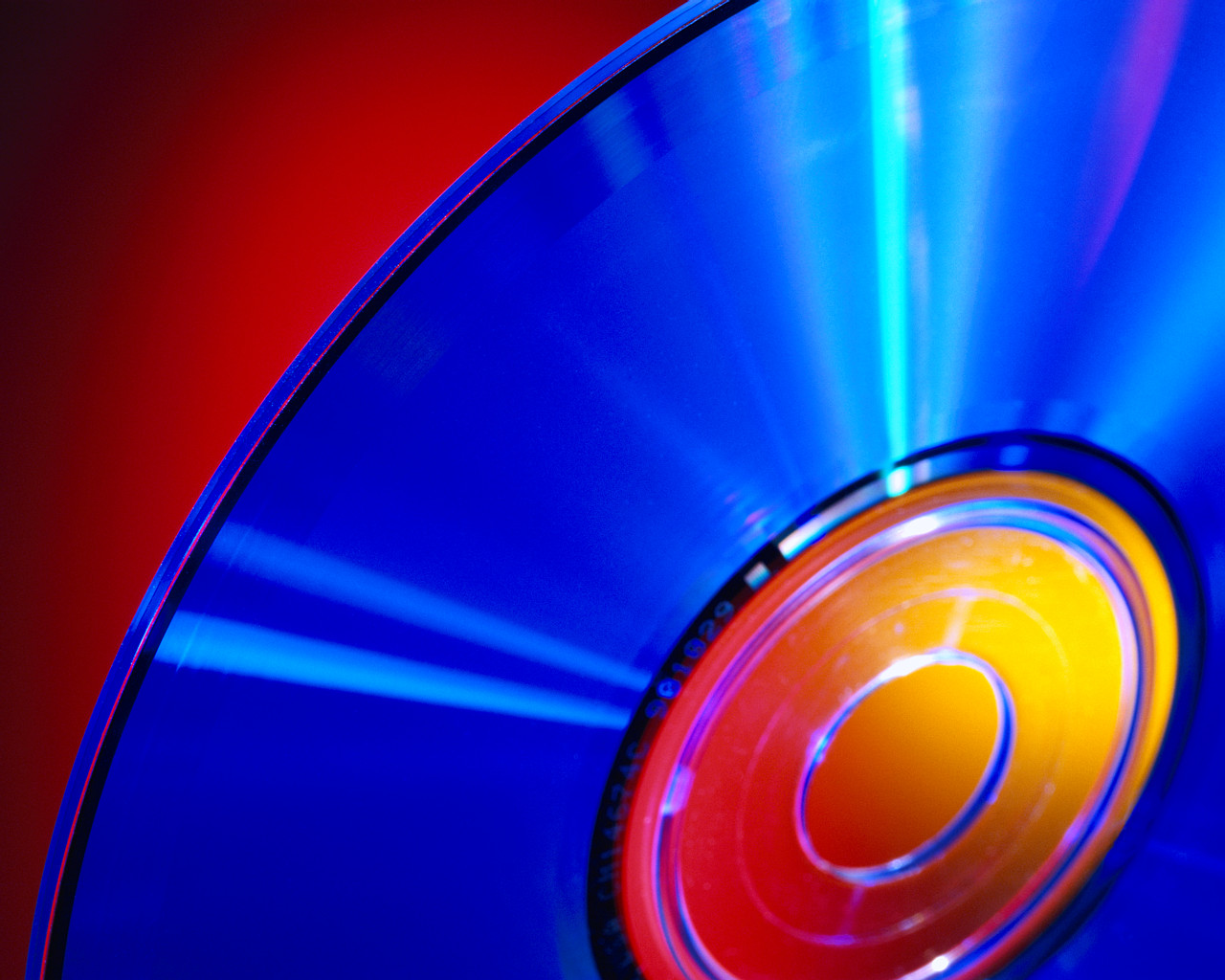

Music Specialist
Lauren A. Crawford


Music is a special, integrated part of our shows at KAL. It complements our fireworks, adding audio entertainment along with visual entertainment! But music has a lot more to do with lasers and fireworks than you might think!
What really is a CD?
A CD is approximately a 1.2 mm thick, uncomplicated piece of polycarbonate plastic.¹
During CD production, impressions of bumps--so small they aren’t visible to the naked eye—are imprinted into the CD. The date of the music is formed in a pattern of bumps in a long, flat, single line that circles around the CD.¹ Starting from the center and working toward the edges, the data coils outward like a corkscrew. After the data is imprinted onto the CD, a protective aluminum layer coats it, followed by a sprayed-on acrylic layer for protection.¹ "This plastic due to its properties is used in applications where resistance is needed, just as in the case of motorcycle helmets." ^4 Once all of the data is secured on the CD, the artist’s label is imprinted onto it! The designs to imprint are endless! J
Being that a CD has a storage limit of 74 minutes, “to fit more than 783 megabytes onto a disc only 4.8 inches in diameter requires that the individual bytes be very small.”¹
http://www.howstuffworks.com/cd.htm/printable
So, the sizes of the bumps on CDs are amazingly tiny to be able to fit so much data on them! CDs are so popular today for all kinds of data storage from audio files in music, movies, videos, photographs, and print text files. Here is a closer look at how a CD is comprised in cross-sectional view:

http://www.howstuffworks.com/cd.htm/printable
Like stated previously, the bumps are so miniscule on CDs! “The elongated bumps that make up the track are each 0.5 microns wide, a minimum of 0.83 microns long and 125 nanometers high.”² Here is a diagram of a portion of the spiral track of data on a CD:
|
|||||
Amazingly, the width of the track is 0.5 microns, but if you were to unwind the track on a CD, it would reach “almost 3.5 miles (5 km) long!”²
The CD and CD Player Relationship
A CD player must be pretty efficient and accurate in deciphering and processing such miniscule bumps on the CDs.³ In order to process such minute data, there are three contributing factors In the CD player: a drive motor, a laser and lens system, and a tracking mechanism.³ The drive motor functions in spinning the disc, spinning the CD at rotations between 200-500 revolutions per minute “depending on which track is being read.”³ Honing in on the bumps and processing them, the laser and lens systems work together to read the CD.³ Positioning the angle of the laser beam so that it can focus on the spiral data track, “the tracking mechanism has to be able to move the laser at micron resolutions.”³ In order to understand the modeling of a CD player and its components, the following diagram clarifies a CD player’s arrangement:

http://www.howstuffworks.com/cd.htm/printable
To find out more about how lasers figure in to music, click the link below!
How the Heck Does that Laser and Tracking Figure in?
Sources
*¹. http://electronics.howstuffworks.com/cd.htm/printable. Page 1.
*². http://electronics.howstuffworks.com/cd.htm/printable. Page 2.
*³. http://electronics.howstuffworks.com/cd.htm/printable. Page 3.
*^4. http://uranus.ee.auth.gr/report/eng/part1/chapt-03/3-1-2.html. Page 1.
**This page is not that of a real company but is for a chemistry assignment for General Chemistry 140 at Monmouth College.**